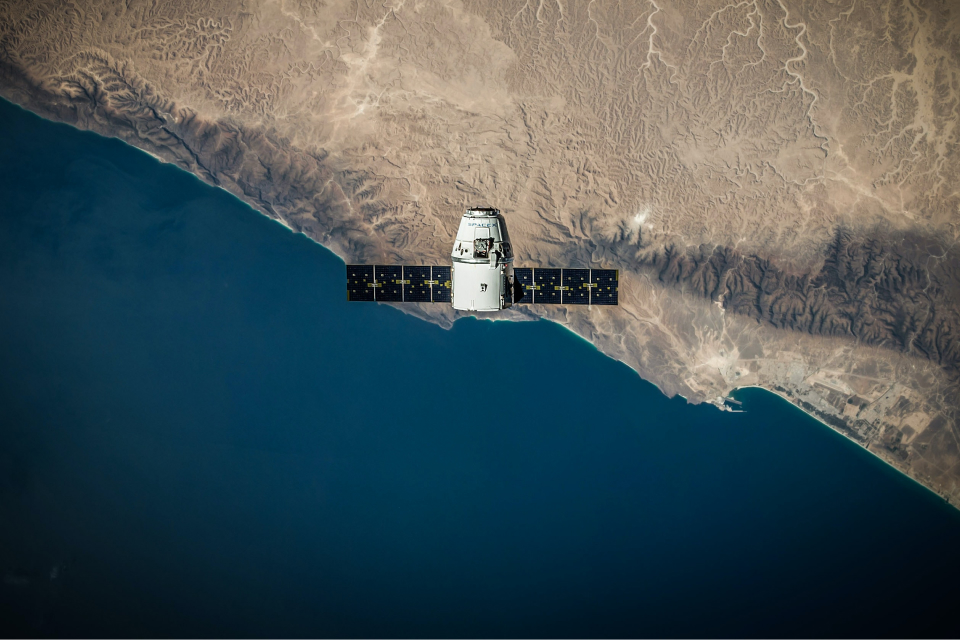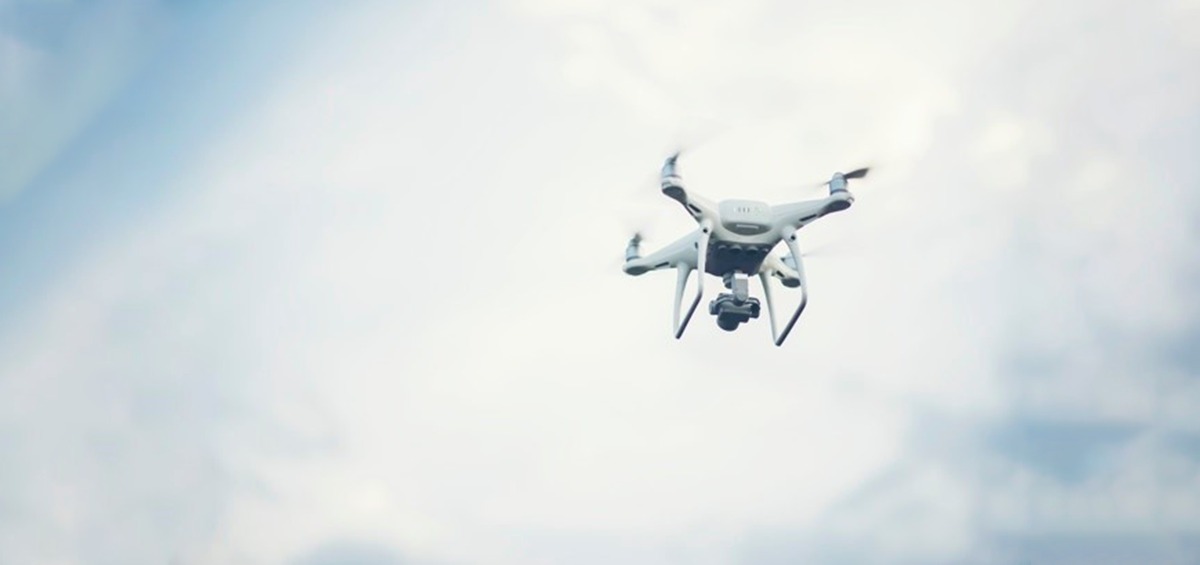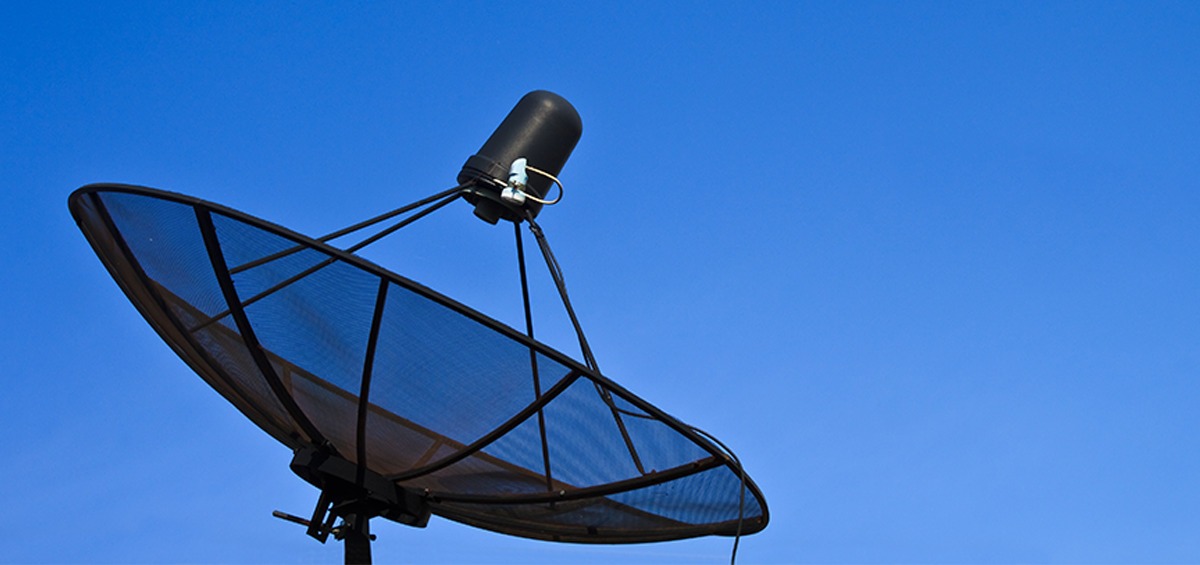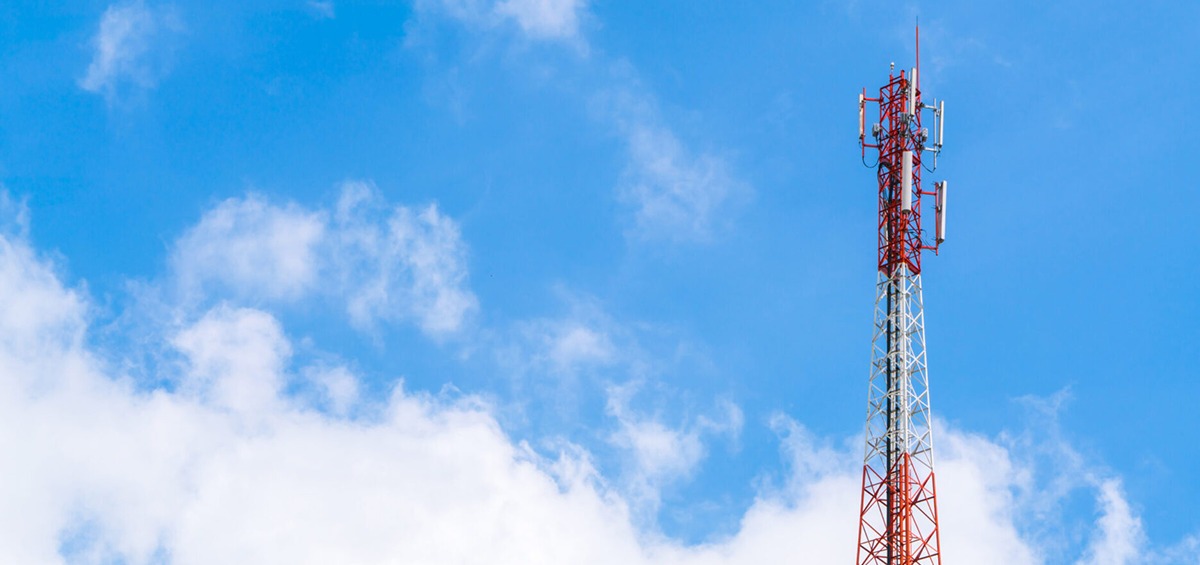Has the government finally cracked the code on regulating emerging technology? The Drone Rules 2021 display maturity and a willingness to receive and act on feedback from the government. In this blogpost, we discuss how the Drone Rules are an example of a forward thinking and permissive regime that could be a model for other emerging technology regulations.
Introduction
In August 2021, the civil aviation ministry notified the Drones Rules 2021 (Drone Rules). These rules completely overhaul an earlier iteration of regulations released only in March, 2021. The March draft had been seriously criticised by the industry for being overly restrictive. But in the 6 months between the two versions, the ministry displayed a commendable willingness to respond positively and swiftly to industry feedback. The rules are an example of a progressive regime for the regulation of technology. The ministry’s approach to drafting the rules should be a model to follow for regulating emerging technology in India.
Taking a risk-weighted approach to drone regulation
The Drone Rules are intended to be permissive and liberal, making it easier for users to own and operate drones. The ministry has taken the ease of doing business into consideration, reducing the number of clearances required, creating a single-portal registration process and simplifying the requirements for registration of drones. The mechanism set up also reduces the number of regulators that the operator has to deal with and minimises delays due to inter-agency coordination. The intervention made by the rules is risk-weighted rather than all-encompassing. Smaller drones, called nano-drones, which are mostly used recreationally, cannot fly very high or far, nor carry large payloads, have been exempted from almost all compliance requirements under the regulations. This is because nano-drones do not pose significant security or safety risk.
The ministry has introduced accountability measures for government agencies in the Drone Rules, signalling their intent to ensure predictability in licensing and implementation for businesses. The rules have imposed deadlines for the government to release enabling policy and tools, with the government meeting all of the deadlines that have occurred so far. The Drone Rules also introduce strict deadlines for registering operators once they have submitted necessary paperwork. The Drone Rules allow the Quality Council of India to delegate parts of its quality assurance functions under the rules, to authorised organisations. This is a pragmatic acknowledgement by the government that there is limited bandwidth (and, limited regulatory capacity, when it comes to new-technology) in government institutions, and that it is wise in such cases to outsource functions to ensure smooth processing of applications.
Promoting indigenous industry without dissuading foreign players
The ministry has charted a course that encourages indigenous manufacturing and commerce without being protectionist. Unlike previous drafts, the Drone Rules allow foreign corporations to own and operate drones. Import has also been made easier, with the responsibility for regulation delegated to only the foreign trade regulator, removing the requirement for approval from the aviation regulator as mandated in previous drafts. The Drone Rules set up a process that allows the recognition of foreign quality standards for drones, thus lowering the barriers for the import of drones. At the same time, the ministry is encouraging indigenous development through certification standards.
The Drone Rules suggest the establishment of a promotion council which will involve industry experts in creation of policy. These elements signal the intent of the government to iteratively continue improving the policy and ensuring it stays current with developments in the industry.
A significant barrier to implementation of previous drafts of the regulations was the requirement of safety related hardware and software that the regulations imposed for drones imported or manufactured in India. Many of these requirements were widely considered unrealistic and impractical with the state of technology at the time. The ministry has omitted most of these requirements in the Drone Rules in response to the feedback from the industry. The Drone Rules note that in the future, drones may be required to have certain safety features and outline the nature of features that may be mandated. Thus, rather than stall the entire process of authorising civilian drones, the ministry has smartly given themselves and the industry more time to come up with creative solutions for the abovementioned issues. The industry can continue to consult with the ministry on the safety features that can be included in future regulations while being able to begin drone operations with technologically feasible regulations.
Lessons to be learnt from the drone regulations
What lessons does the story of the evolution of the drone rules hold for regulating emerging technologies generally? Technology regulation should be iterative, and regulators should not attempt to make regulations that can be in place for decades to come. The aviation ministry has been open in admitting that the Drone Rules will continue to be a work in progress and will be improved as technological advancements occur, a refreshing approach from regulators in the space. Further, technology regulation should, in acknowledgement of the limitations of state capacity, provide for industry participation in policy making and resort to delegation of functions to authorised organisations that can supplement the regulator’s bandwidth and technical capability.
Above all, the Drone Rules show the ability of the regulator to be adaptable and, accept and incorporate feedback from the industry. The ministry has ensured that the rules cater to the needs of businesses, making regulations easier to comply with, imposing accountability on government institutions, ensuring that rules are not overly protectionist in nature and that they are iterative and progressive. The Drone Rules have the potential to be a standard for future regulation for emerging technology.
These comments have been given by Anirudh Rastogi, Managing Partner, Aman Taneja, Senior Associate, and Rahul Krishna, Consultant at Ikigai Law.
Image credits: Freepik






